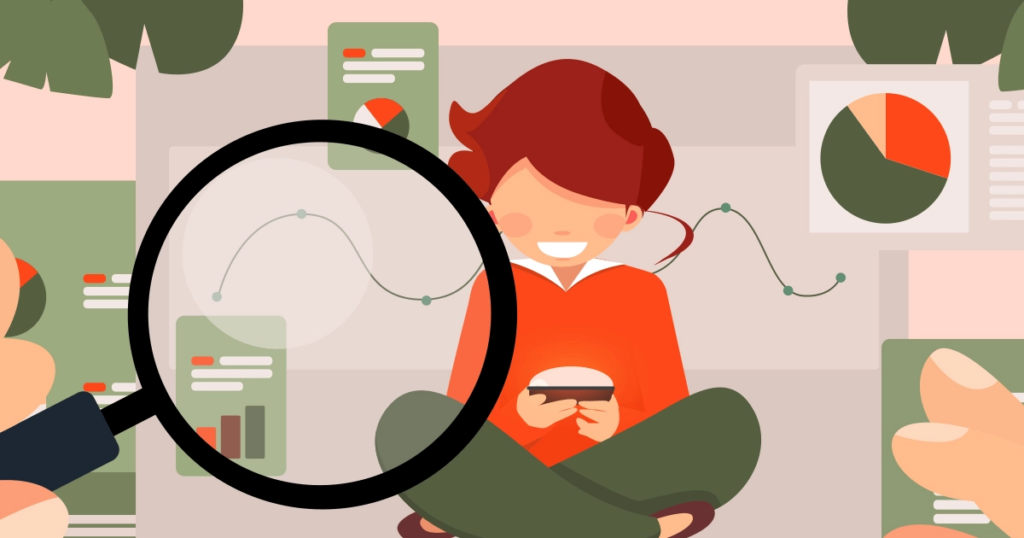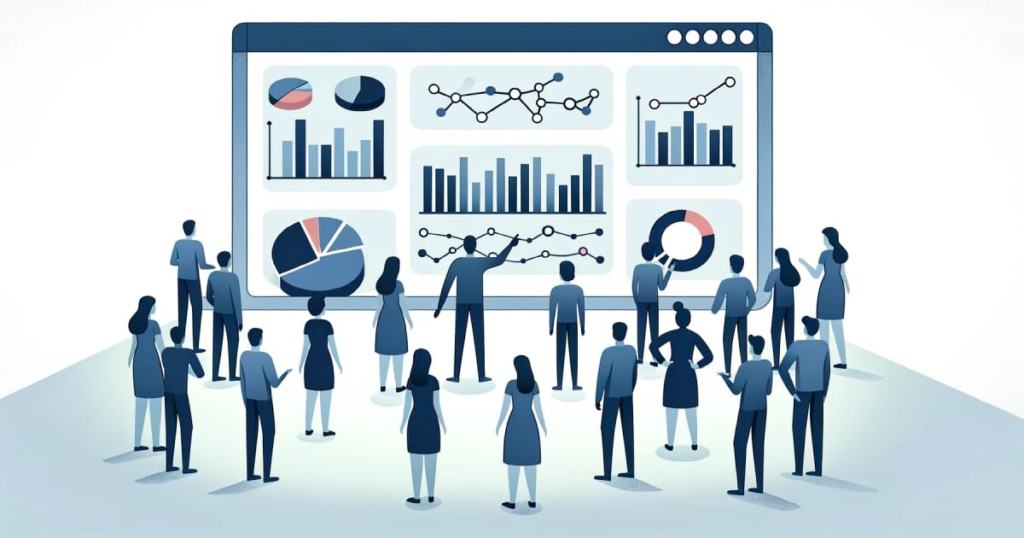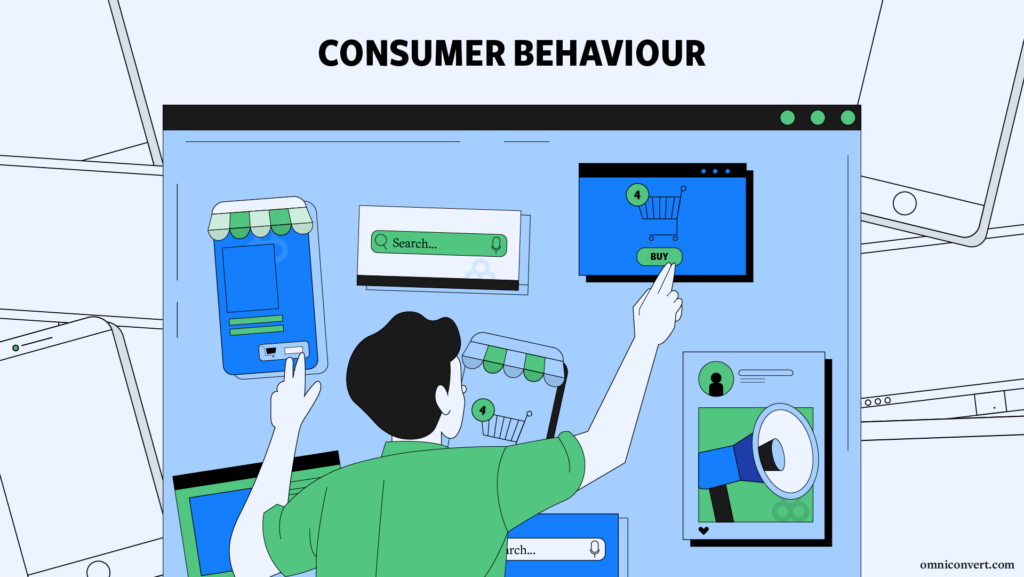Understanding what drives your customers’ decisions is the key to staying ahead in today’s competitive market. Businesses that harness the power of customer behavior analytics can make smarter decisions, improve their product-market fit, and build long-lasting customer relationships.
By diving deep into data on how customers interact with products and services, businesses can uncover actionable insights to refine their strategies. It’s not just about tracking numbers—it’s about understanding the story behind them and aligning your business with what your customers truly need.
Why Customer Behavior Analytics Matters

Customer behavior analytics involves studying how customers interact with your brand across multiple touchpoints—online searches, purchases, feedback, and more. This approach helps businesses answer critical questions:
- What motivates your customers?
- What frustrates them?
- What products or services do they value most?
A study by McKinsey revealed that businesses leveraging customer analytics are 23 times more likely to outperform competitors in customer acquisition and retention. This illustrates how impactful data-driven decisions can be in creating a competitive edge.
Benefits of Analyzing Customer Behavior
1. Improved Product-Market Fit
By understanding customer preferences, pain points, and expectations, businesses can tailor their products to meet actual needs. For example, if analytics reveal a growing demand for eco-friendly options, companies can introduce sustainable products to align with customer values.
2. Enhanced Customer Experience
Identifying patterns in customer behavior allows businesses to personalize interactions. Whether it’s through personalized recommendations or faster issue resolution, a better experience increases customer loyalty.
3. Informed Marketing Strategies
Behavior analytics helps pinpoint which marketing channels and campaigns resonate most with your audience. Businesses can optimize spending by focusing on what works and eliminating what doesn’t.
4. Anticipating Future Trends
Data doesn’t just reveal what’s happening now—it can help predict what’s next. By analyzing buying patterns and preferences, businesses can anticipate trends and stay ahead of the curve.
Key Strategies for Effective Behavior Analytics

1. Collect Data from Multiple Touchpoints
Customer behavior happens across various channels—websites, apps, social media, physical stores, and customer service interactions. Gathering data from all these sources provides a complete picture of the customer journey.
Actionable Tip: Use tools like Google Analytics, CRM platforms, and social media monitoring tools to collect and centralize customer data.
2. Segment Your Audience
Not all customers are the same. Segmenting them based on demographics, behavior, and preferences allows you to create targeted strategies that resonate with specific groups.
For example, a sports apparel company might identify one segment interested in high-performance gear and another focused on casual wear. Each group requires a tailored approach.
Actionable Tip: Use customer data to create buyer personas and craft marketing messages that speak directly to each segment.
3. Analyze Purchase Patterns
Studying what customers buy, how often, and in what combinations can reveal valuable insights. For instance, analyzing frequent purchases might suggest bundling opportunities to increase sales.
Actionable Tip: Use basket analysis to identify complementary products that can be promoted together.
4. Identify Pain Points
Data isn’t just about successes—it also highlights areas where customers struggle. High cart abandonment rates, for example, might indicate issues with pricing, unclear policies, or complicated checkout processes.
Actionable Tip: Conduct A/B testing to pinpoint and resolve friction points in the customer journey.
5. Leverage Predictive Analytics
Predictive models analyze historical data to forecast future customer behavior. This can help businesses make proactive decisions, such as launching a product based on seasonal demand or adjusting inventory levels.
Actionable Tip: Invest in AI-powered analytics tools to uncover trends and make data-driven forecasts.
Success Stories for Customer Behavior

Netflix
Netflix excels at using customer behavior analytics to personalize recommendations. By analyzing viewing patterns, the platform ensures that users see content tailored to their tastes, increasing engagement and retention.
Amazon
Amazon uses predictive analytics to suggest products based on browsing history, purchase behavior, and trends. This level of personalization has contributed significantly to its success.
Starbucks
Starbucks uses loyalty program data to understand buying habits and preferences. This insight helps them craft targeted promotions, such as offering discounts on customers’ favorite beverages.
Challenges in Customer Behavior Analytics
While customer behavior analytics offers immense value, it comes with challenges:
- Data Privacy: Balancing personalization with data privacy is critical. Ensure compliance with regulations like GDPR and CCPA.
- Integration: Consolidating data from multiple sources can be complex. Using integrated platforms can simplify the process.
- Interpreting Data: Data alone isn’t enough; deriving meaningful insights requires expertise and the right tools.
Conclusion
Customer behavior analytics is a powerful tool for driving smarter business decisions and achieving a better product-market fit. By understanding what motivates your customers, identifying pain points, and anticipating trends, businesses can create more meaningful connections and outperform their competitors.
Mattias Knutsson, a highly experienced professional in global procurement, commodity management, and strategic business development, demonstrates how turning insights into actionable strategies can lead to exceptional results. His expertise underscores the importance of aligning business goals with customer needs.
By embracing customer behavior analytics, businesses can unlock a competitive advantage that ensures growth, loyalty, and long-term success. The future belongs to those who listen, analyze, and act on what their customers truly want.





